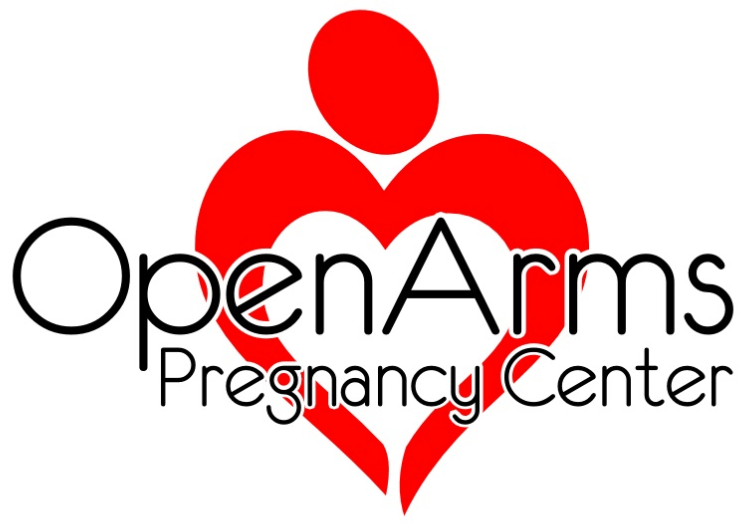As technology advances and gives us a better view inside the womb, scientists have been amazed to discover what actually happens during a pregnancy and how early in the pregnancy some developments occur. We want to list a few of the more amazing findings. (with footnotes)
1. Three weeks after conception the baby’s heart begins to beat and pump blood.1
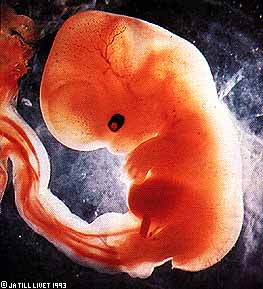
2. At six weeks after conception, the baby has brain waves that can be measured with an electroencephalogram.2 According to the medical profession, life is defined as the presence of brain waves, and death as the cessation of brain waves. According to this definition, the fetus can be proven to be alive.
3. At seven weeks after conception, the baby begins swimming freely in the amniotic sac, though the mother is not aware of the movement until much later.3
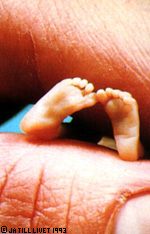
4. At twelve weeks after conception, a baby has developed all the body parts required to experience pain, including all of the nerves, spinal cord, and thalamus.4
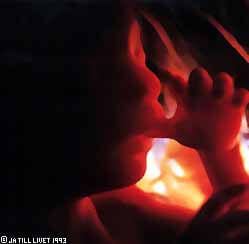
5. With continuing advancements in technology, premature babies have an ever earlier chance at survival. In July 2014 a baby was born in Texas at 21 weeks, 4 days gestational age, and is claimed to be the youngest documented premature baby to ever survive.5 A search of the internet shows rare reports of babies born at that age, or even younger, that have survived. These cases are undocumented but reported in local newspapers across the country. There is no question that younger babies are capable of surviving now than was possible in years past.
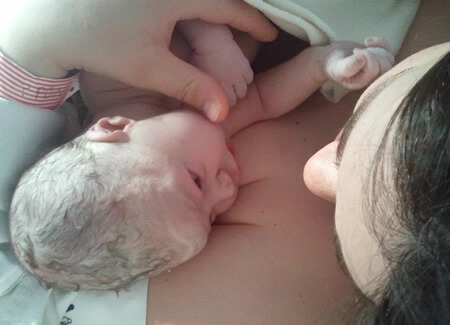
Footnotes
(1) Moore and Persaud, The Developing Human, p. 310.
Lennart Nilsson and Lars Hamberger, A Child is Born, (New York, NY: Delacorte Press/Seymore Lawrence), p. 86.
Rugh and Shettles, From Conception to Birth, p. 217.
(2) Hannibal Hamlin, M.D., “Life or Death by EEG,” Journal of American Medical Association (October 12, 1964), p. 113.
(3) Valman and Pearson, “What the Fetus Feels,” British Medical Journal, p. 234.
Moore and Persaud, The Developing Human, 5th edition, pp.95-96, 304.
(4) Landrum B. Shettles, M.D., Ph.D. with David Rorvik, Rites of Life, (Grand Rapids, MI: Zondervan Publishing House, 1983), p. 62.
Daniel N. Robinson, Ph.D., testimony, hearing on fetal pain, U.S. Congress, Senate Judiciary Subcommittee on the Constitution, May 21, 1985.
“Why Pain Hurts: Unlocking an Agonizing Mystery,” TIME, vol. 123, no. 24 (June 11, 1984), p. 61.
Arthur C. Guyton, M.D., Textbook on Medical Physiology, 6th ed. (Philadelphia: W.B. Saunders C., 1981), p. 615.
(5) Micaiah Bilger , “Premature Baby Born at 21 Weeks is the Youngest Ever to Survive, Look at Her Now,” LifeNews.Com, Nov 30, 2018
Mona Z. Browne, “19-week preemie wins life struggle,” Miami Herald, October 4, 1985, p. 1A.
Gina Kolata, “Survival of the Fetus: A Barrier is Reached,” New York Times, (March 18, 1989), p. C1.
